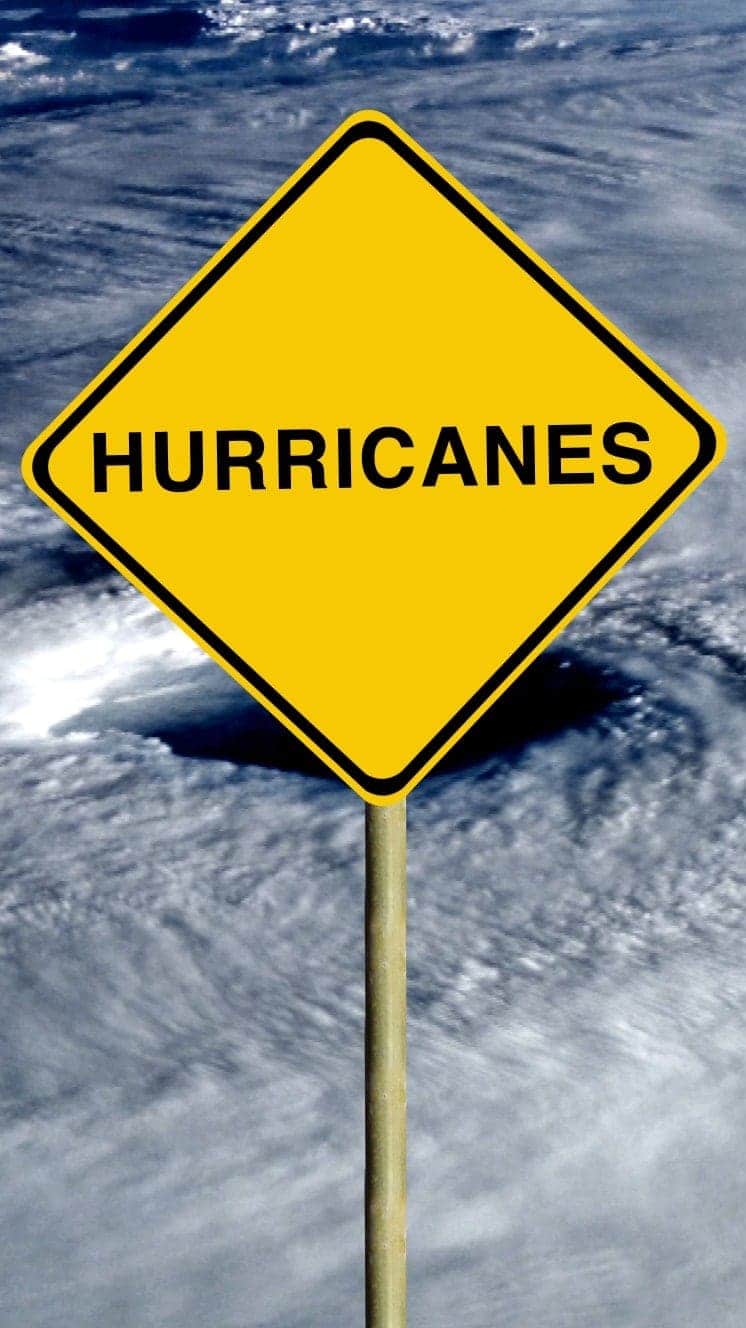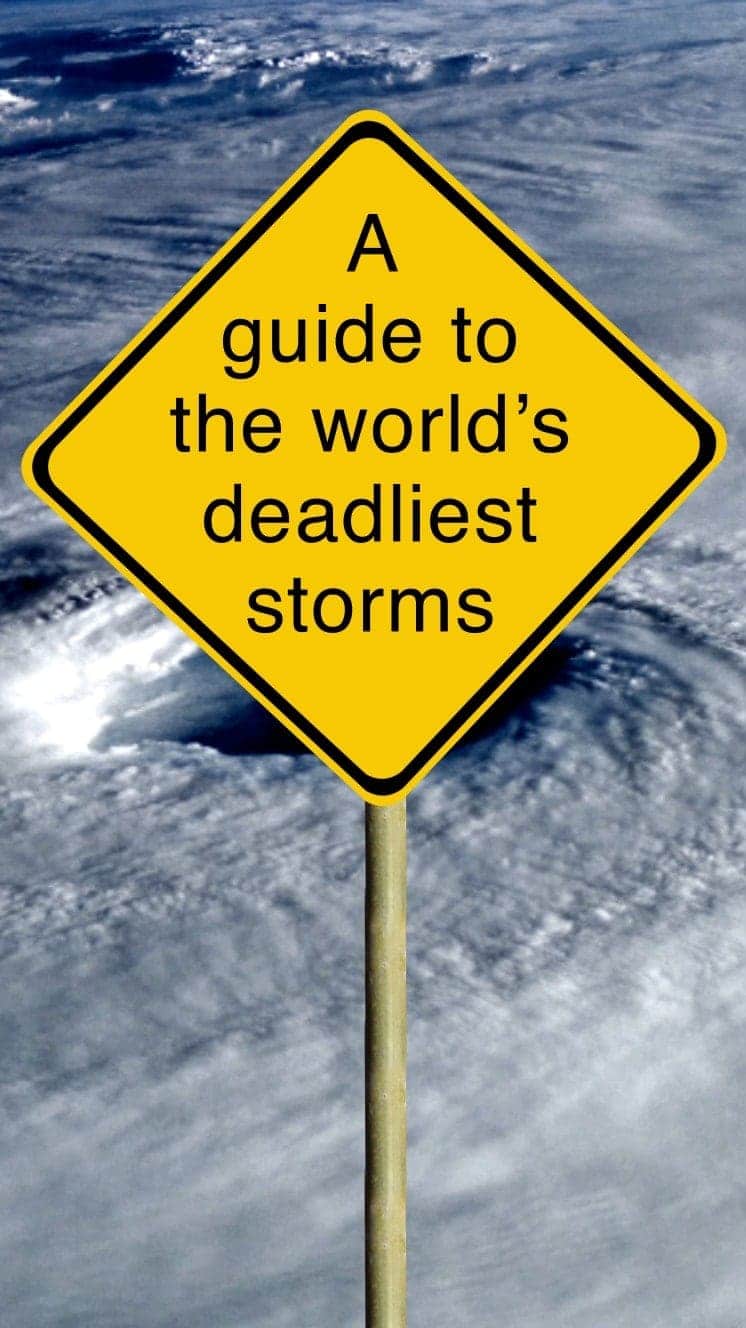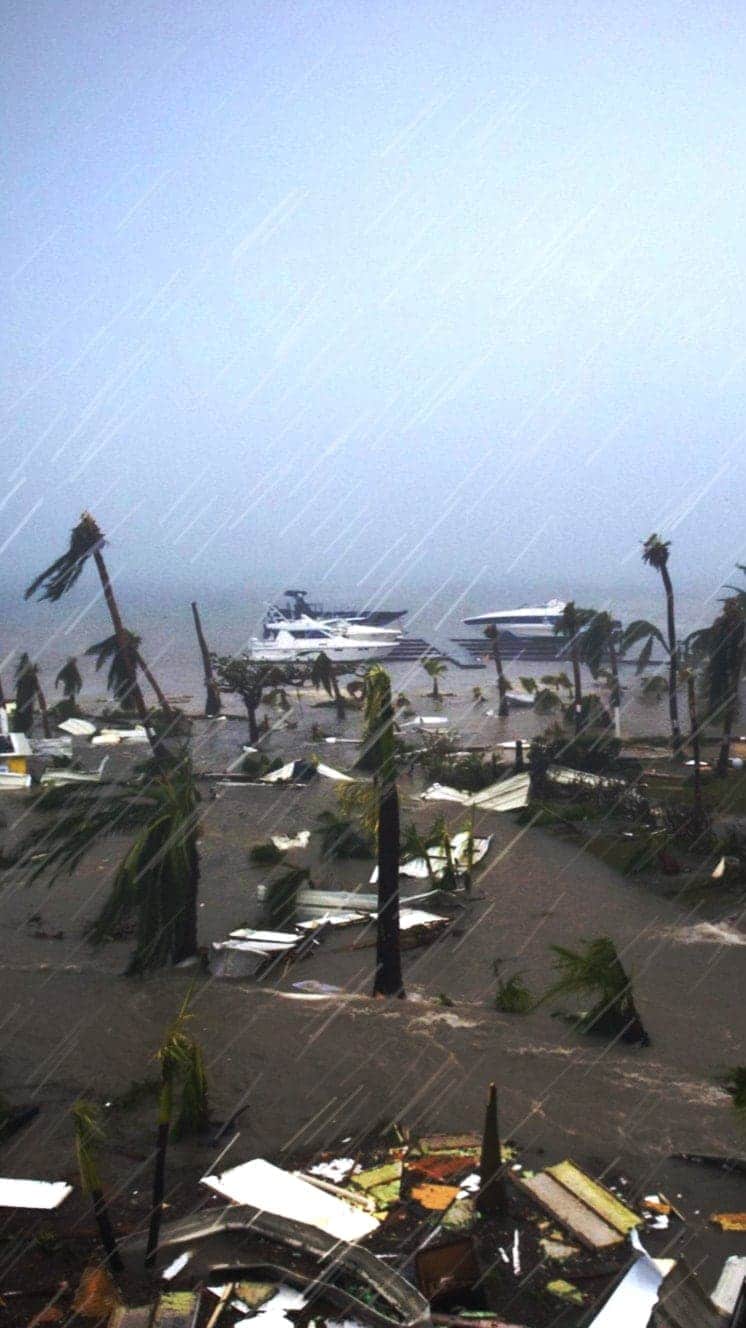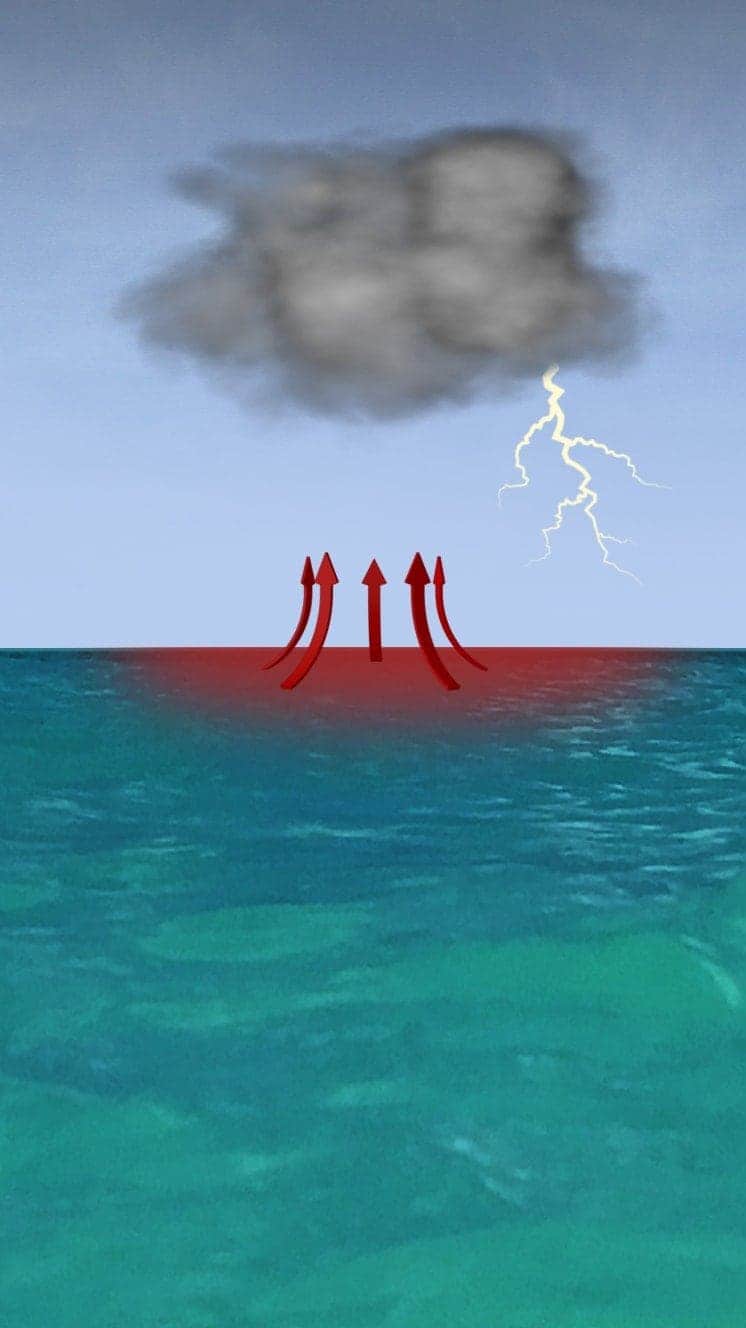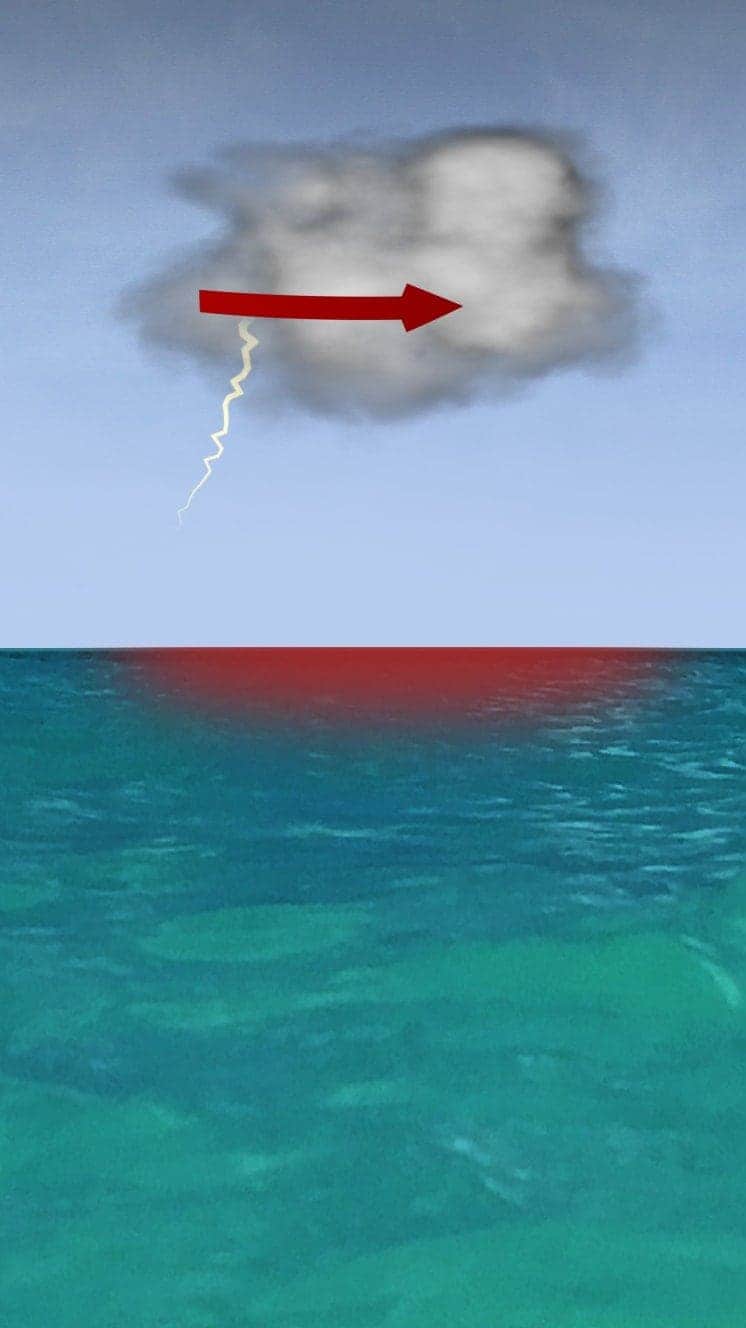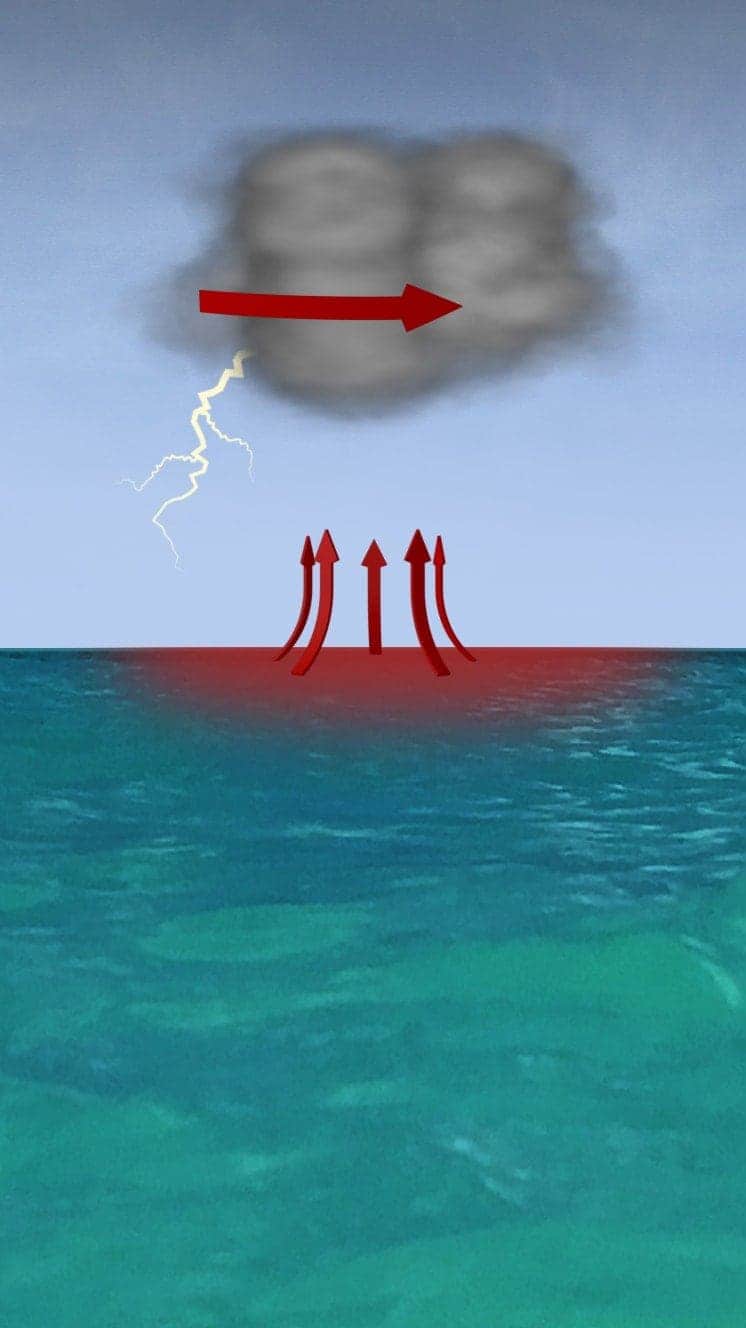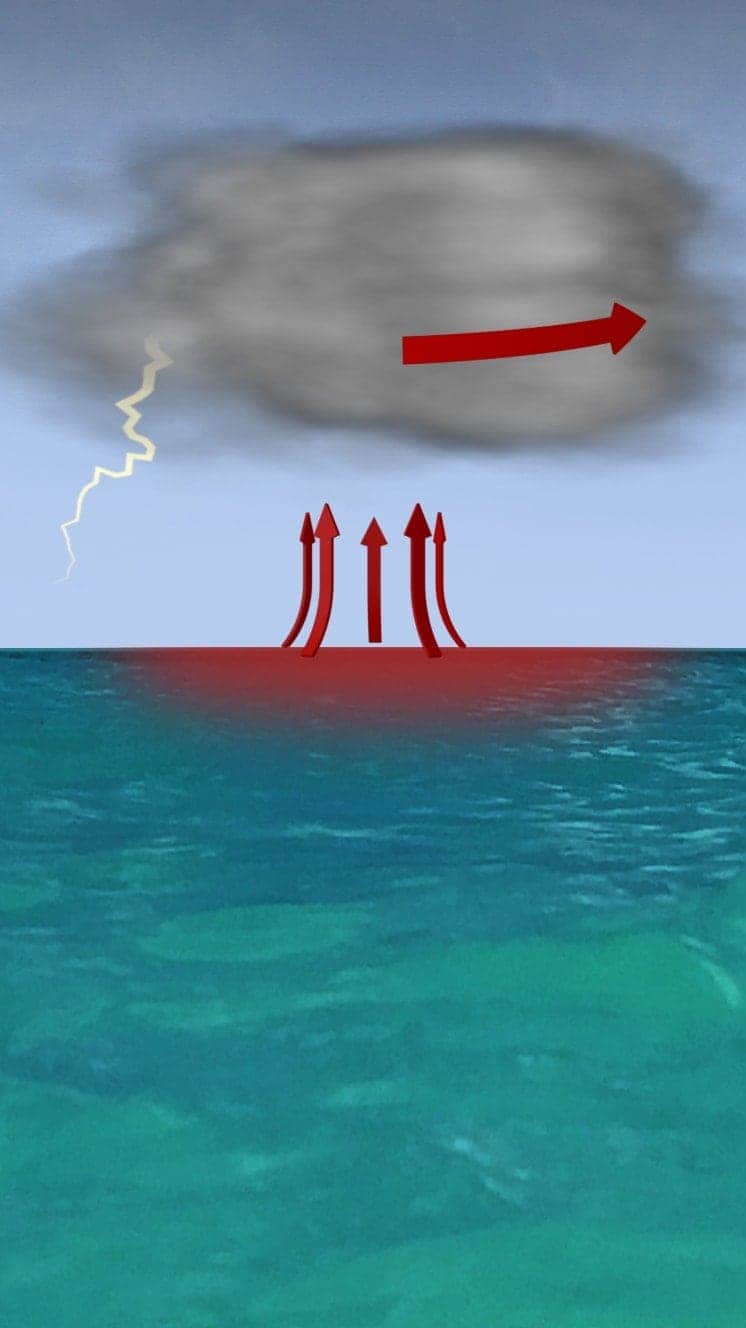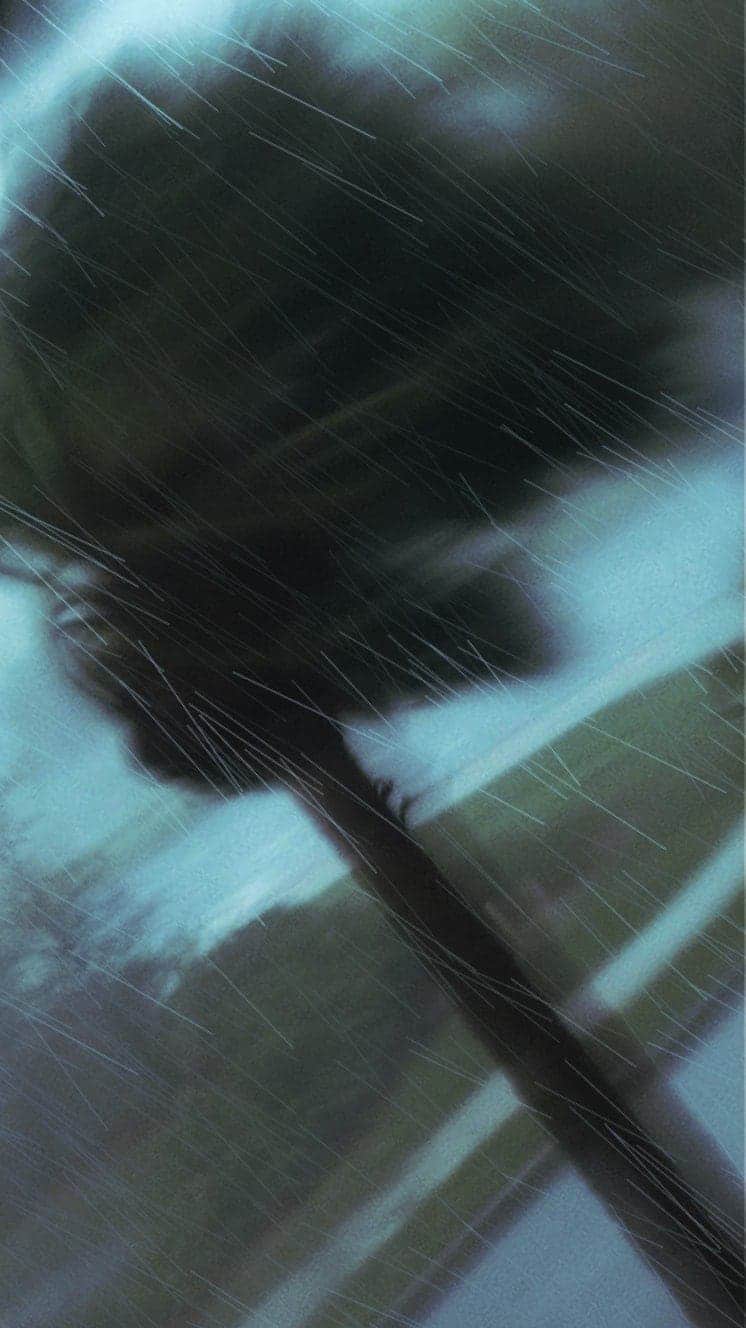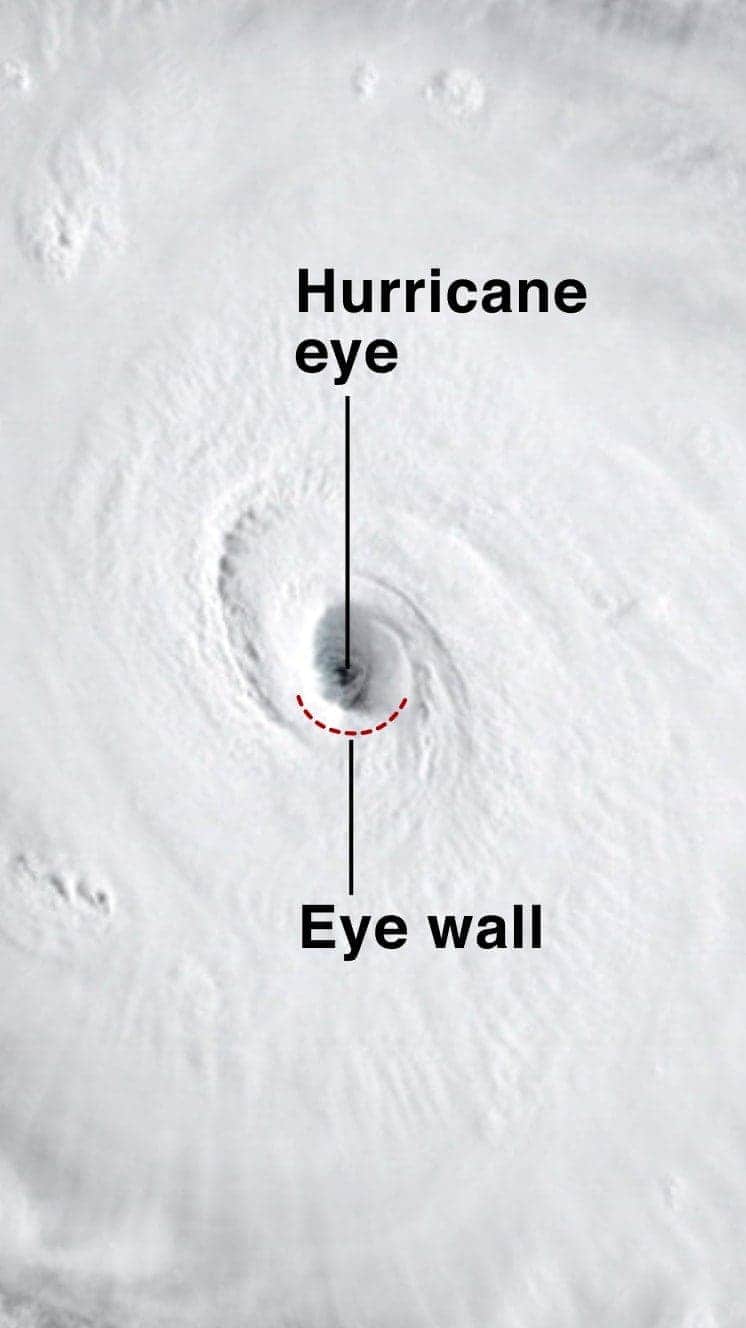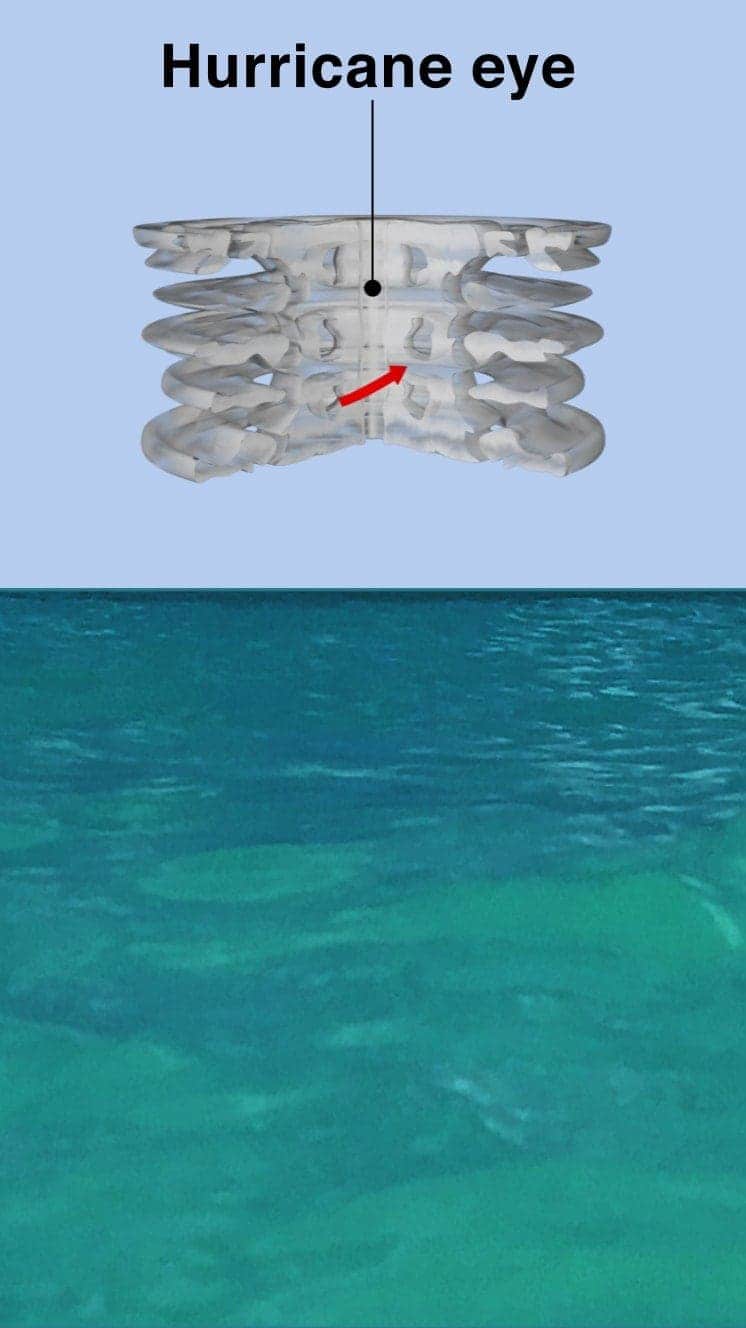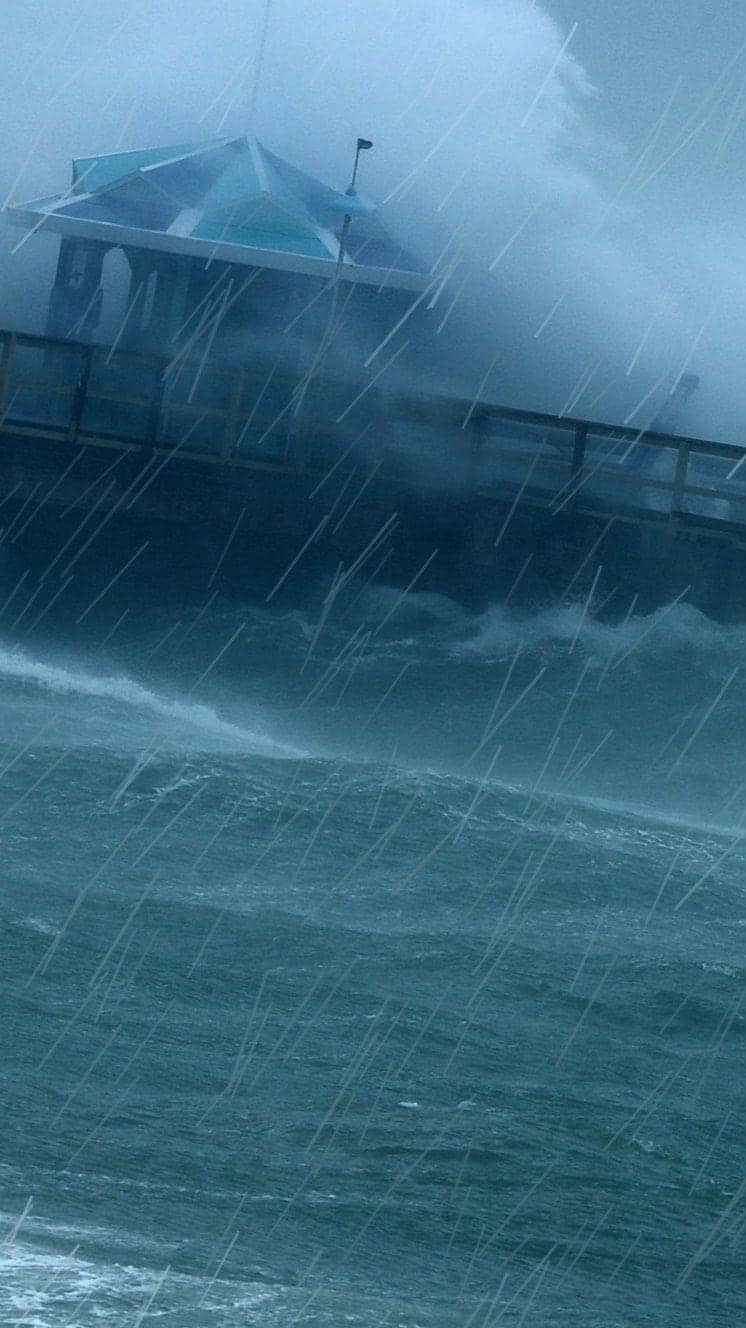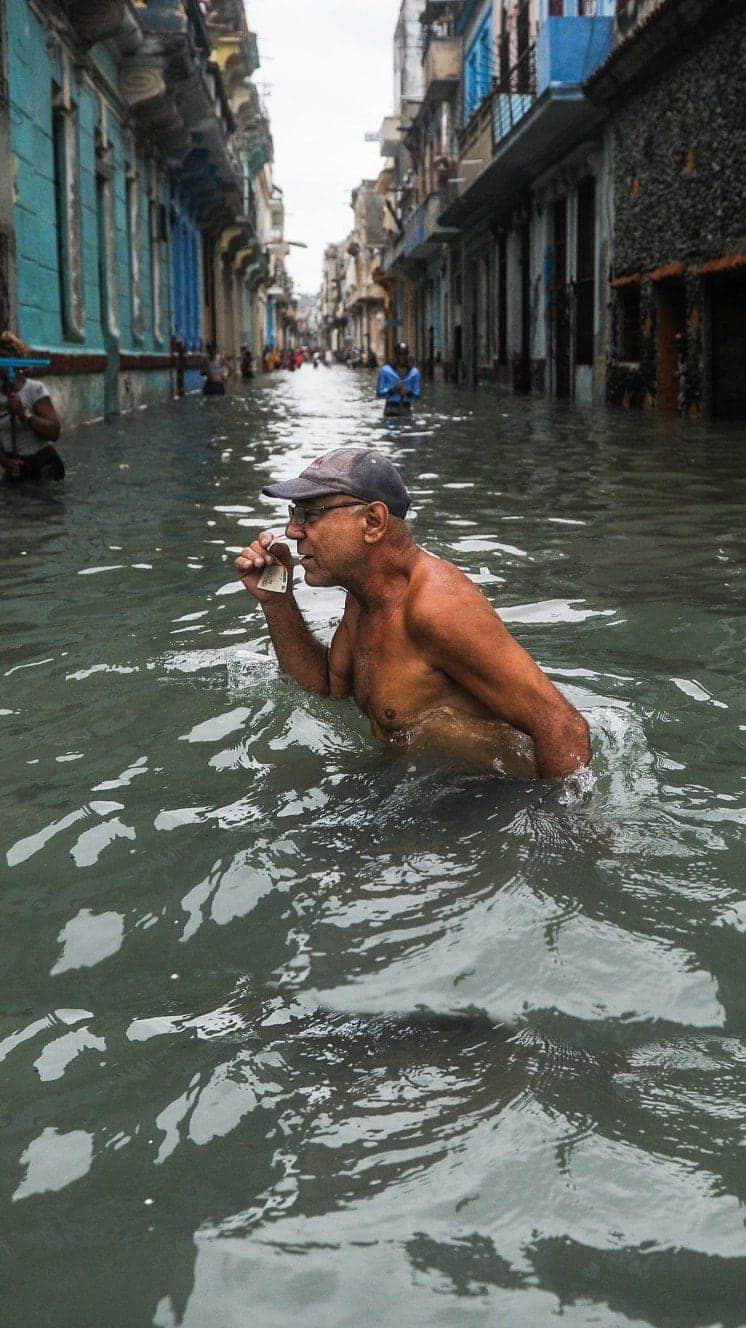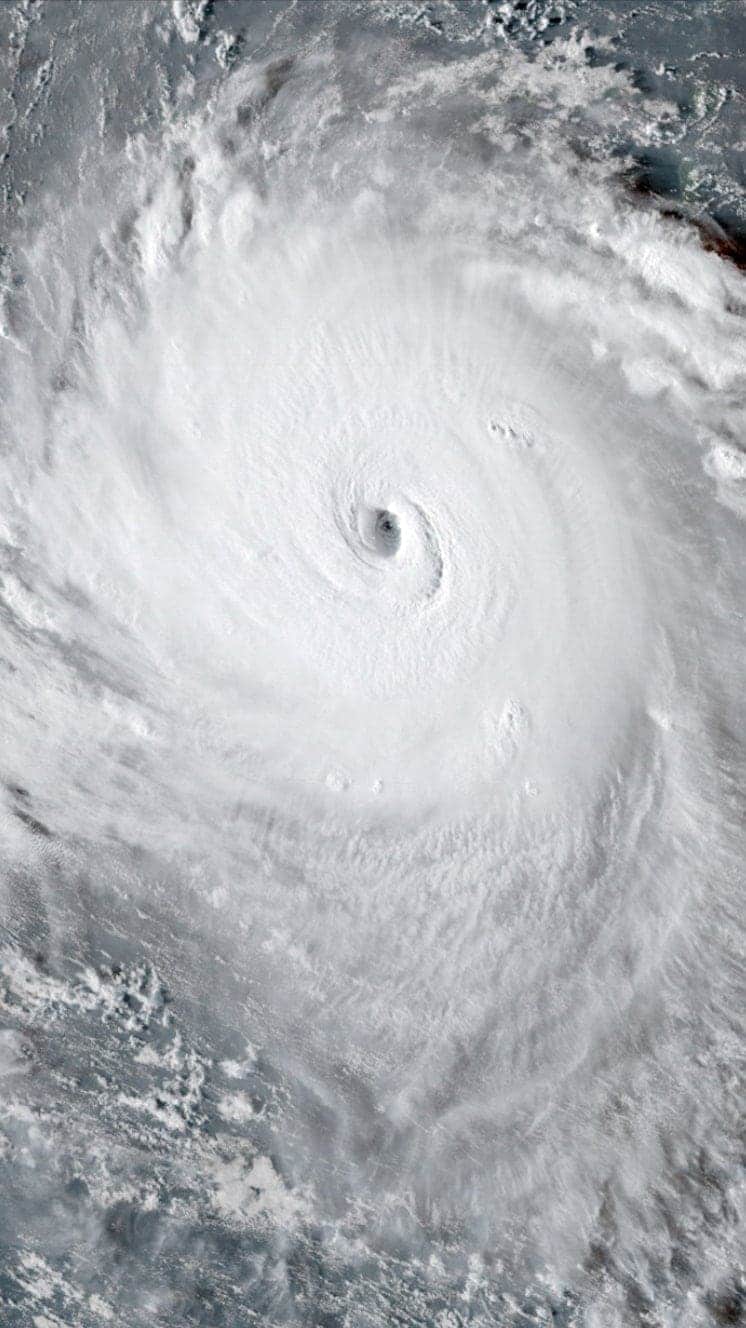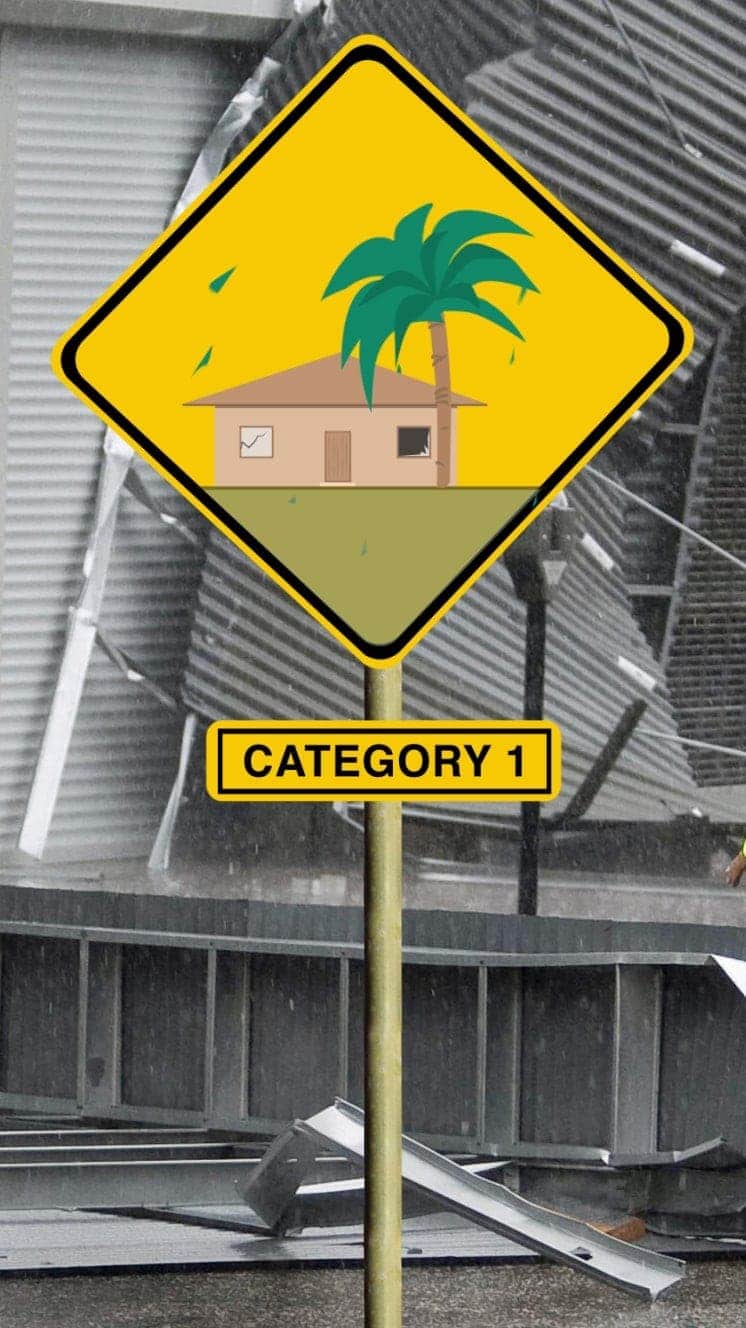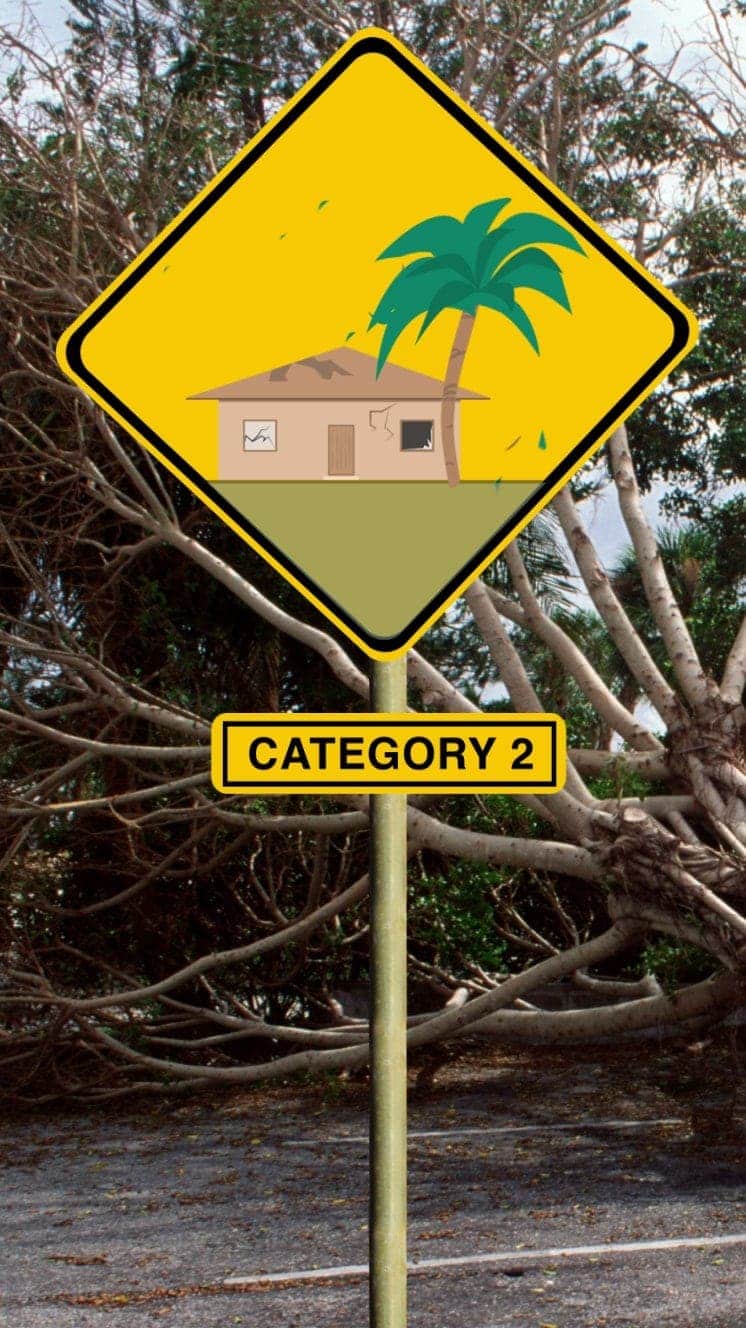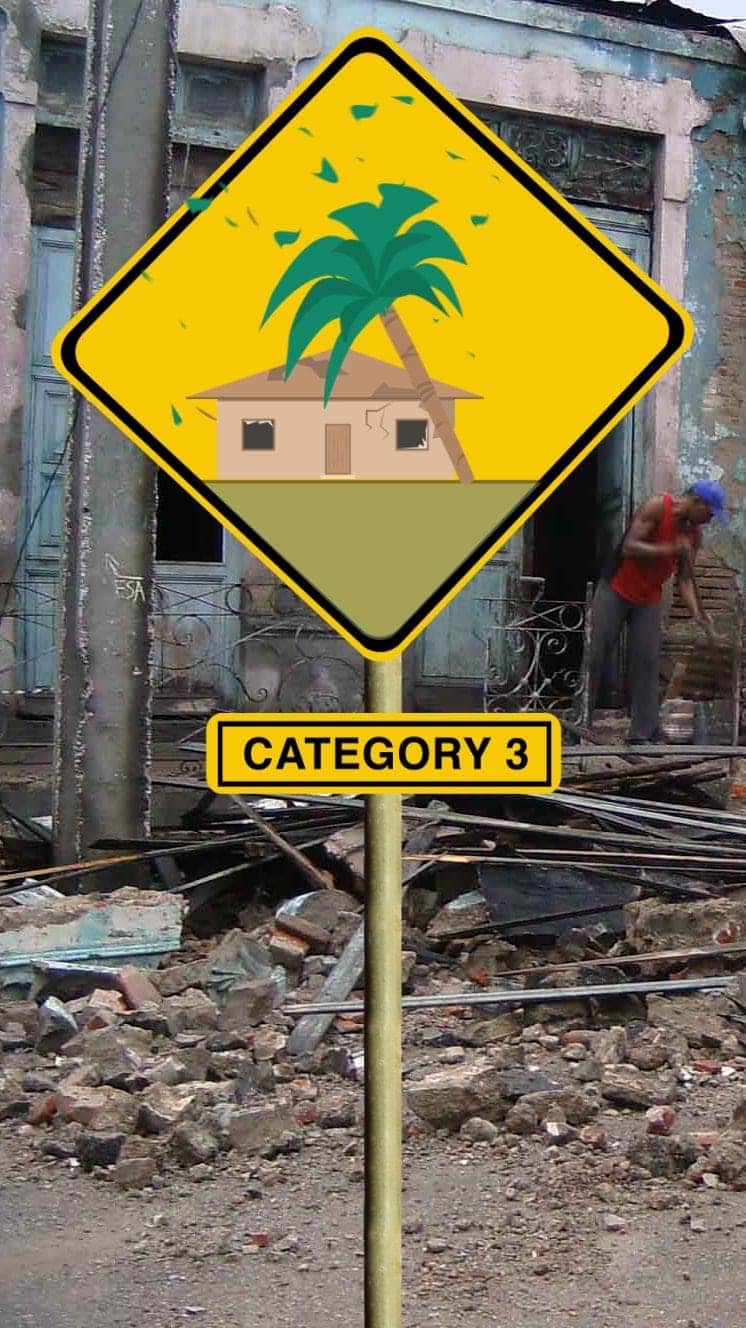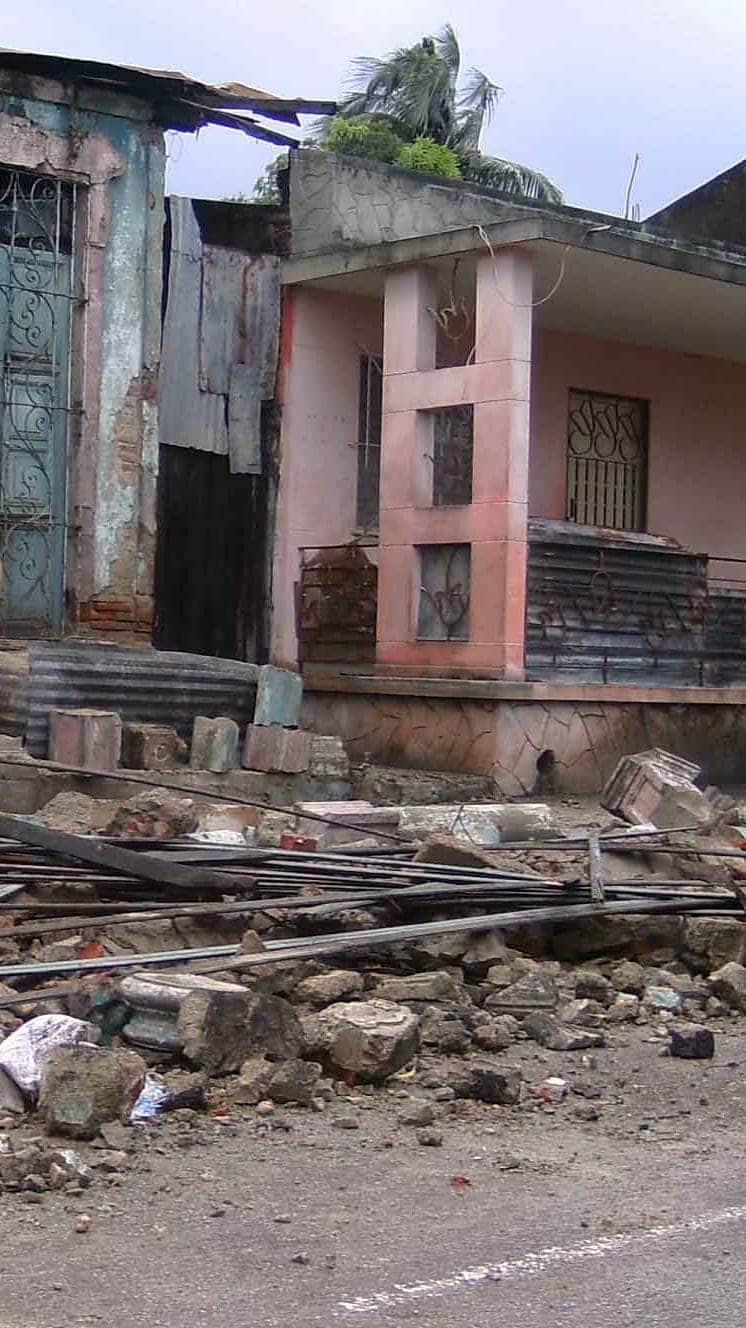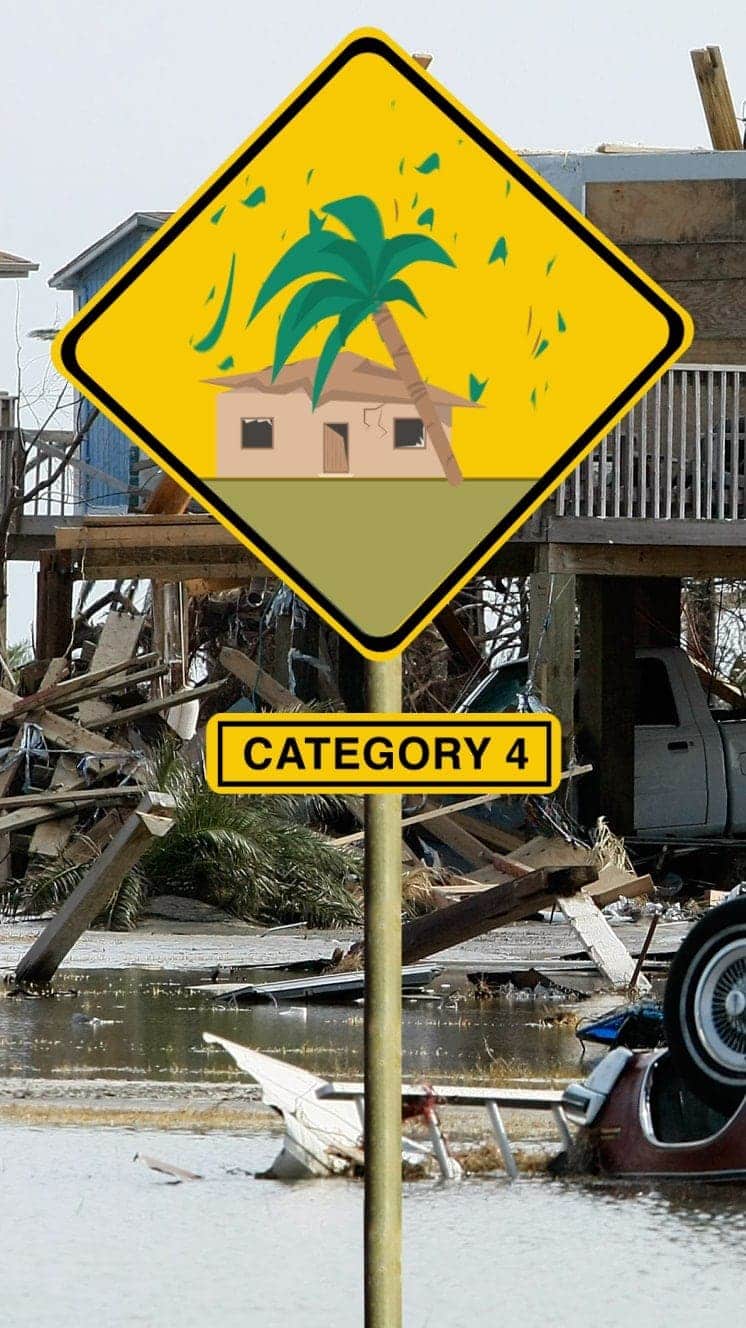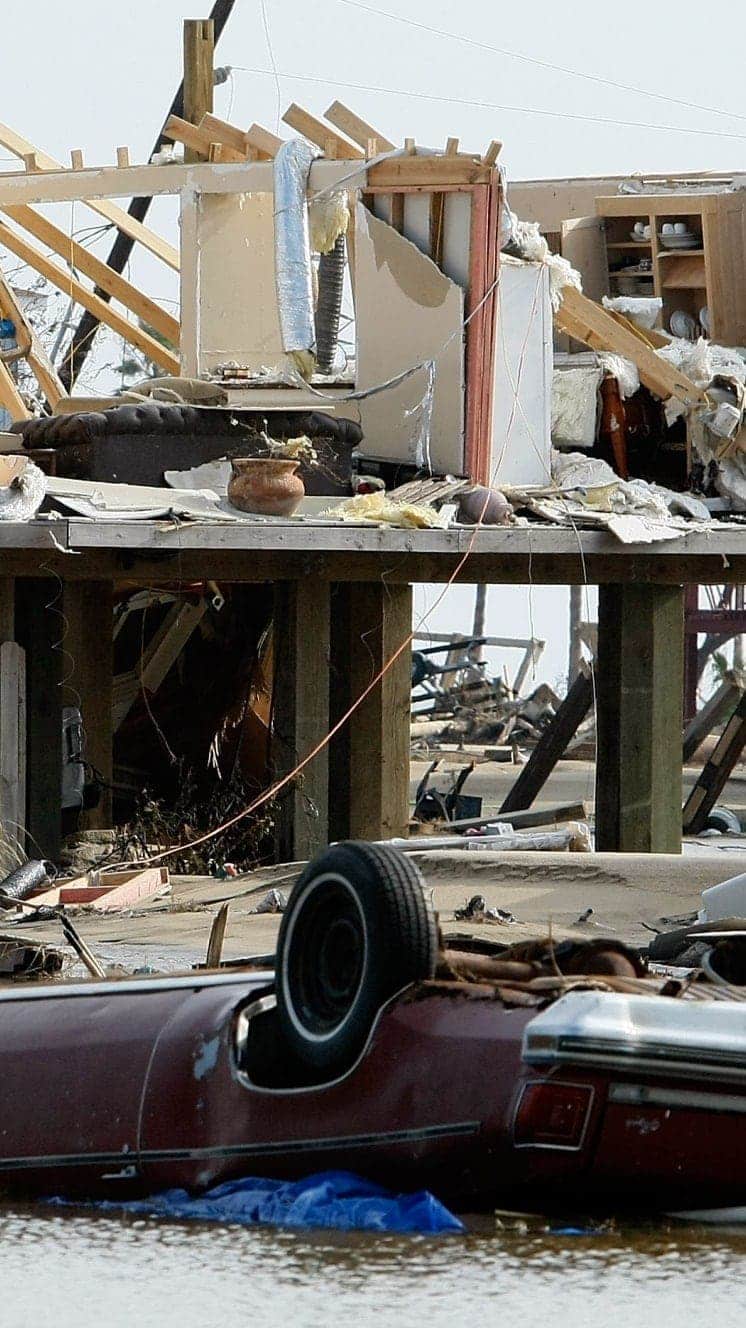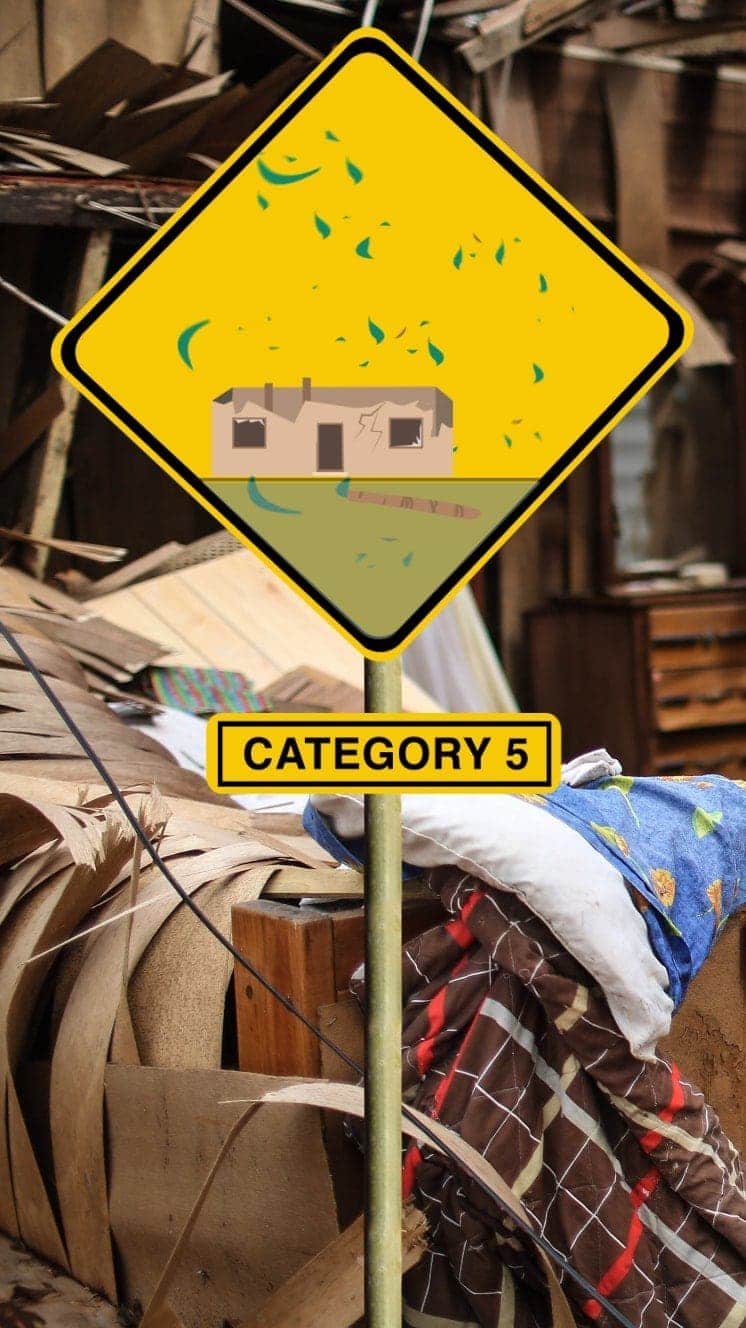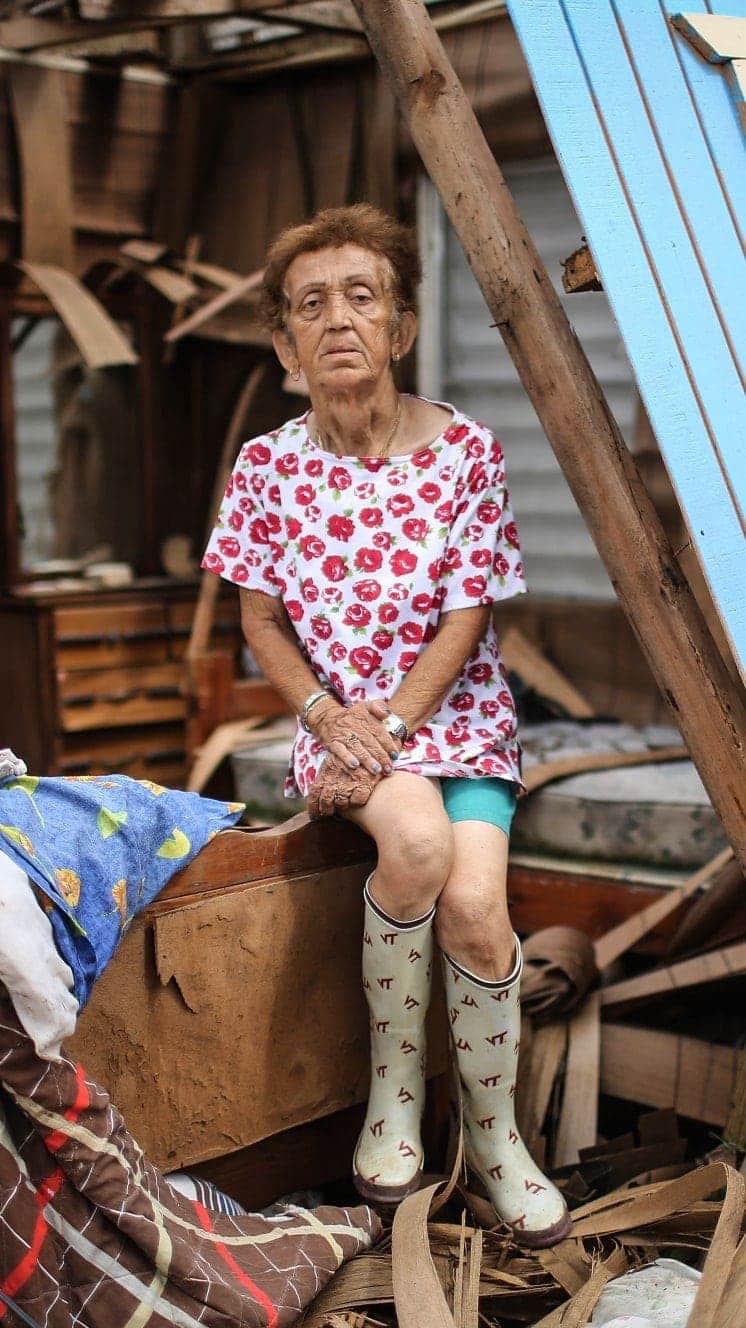Hurricane Maria 'leaves 15 dead in Dominica'
- Published
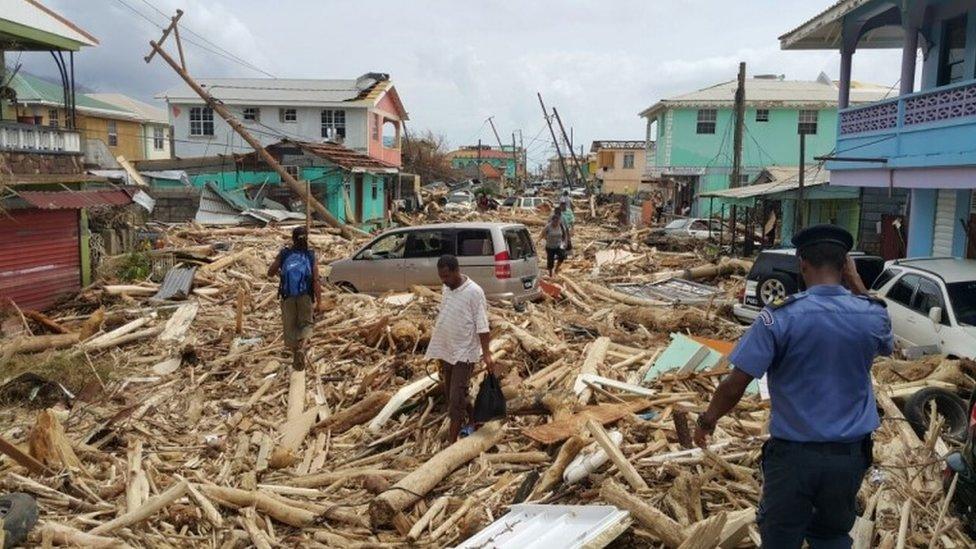
"It has been brutal," Mr Skerrit says of the destruction in Dominica
At least 15 people are dead and 20 others are missing on Dominica after Hurricane Maria, the Caribbean island's prime minister has said.
It was a miracle that the death toll was not in the hundreds, PM Roosevelt Skerrit tearfully told a local television station.
Hurricane Maria ripped through Dominica as a category four storm late on Monday, damaging hundreds of homes.
The storm later devastated Puerto Rico, leaving the whole island without power.
Mr Skerrit said he has spent the last 24 hours surveying by air the destruction caused by the powerful storm.
"It has been brutal," he said on Thursday on the nearby island of Antigua. "We've never seen such destruction."
Homes have been flattened, schools have been destroyed, telecommunications have been cut off and the island's main hospital is still without electricity, he said.
The hospital's generators had to be set aside because of flooding and officials were still working to see if they could be turned on.
Aerial footage from Dominica
He added the island is "going to need all the help the world has to offer".
Meanwhile, authorities in Puerto Rico are urging residents to seek higher ground ahead of flash flooding - with up to 30 inches (76cm) more rain predicted by Saturday - in the aftermath of Maria.
The island's Governor Ricardo Rossello described the hurricane as "the most devastating storm in a century" and said that Maria had hit the island's electricity grid so badly that it could take months to restore power.
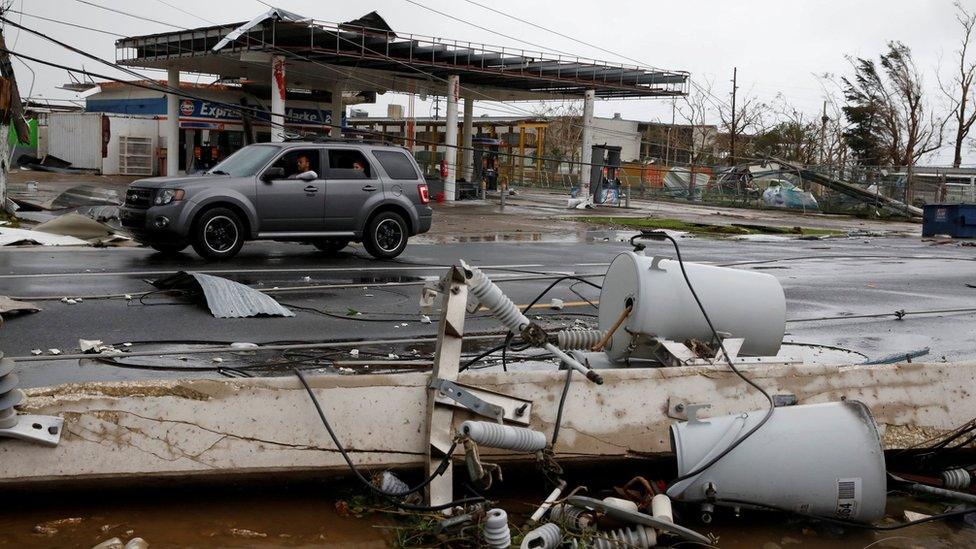
Hurricane Maria damaged buildings in Puerto Rico and left streets covered in debris
Images shared on social media show roofs being stripped away as winds as strong as 140 mph (225 km/h) whipped trees and power lines in Puerto Rico's capital city, San Juan.
Maria, now a category three storm, is moving off the northern coast of the Dominican Republic and heading towards the Turks and Caicos Islands.
The storm has claimed at least 17 lives so far across the Caribbean, with many others missing, officials say. Two people were killed in the French territory of Guadeloupe.
US President Donald Trump said the storm had "totally obliterated" the US territory, and pledged to visit Puerto Rico.
He has yet to declare the island a disaster area but has made federal emergency aid available.

At the scene: A city under curfew
By Will Grant in San Juan, Puerto Rico
Hurricane Maria: Puerto Rico faces long road to recovery
Not far down the coast from the Puerto Rican capital, the small town of Cataño is trying to pick itself up after Hurricane Maria. The massive storm hit the town with incredible power when it swept over the island, tearing roofs off homes, flooding many houses and even destroying entire buildings.
The whole town is now gingerly making its way outside to begin the daunting task of clearing up. Some though, have nowhere to start.
I spoke to one resident, Juan Romero as he surveyed what's left of his house: a tangled pile of wooden beams, rubble and twisted metal. "All I own is the clothes I'm wearing," he told me. Nevertheless he was just thankful to have survived.
His neighbour then called me over to see her kitchen, its roof ripped clean off. Evelyn had also lost much, all her possessions were soaked and need replacing. However, it was concern for her aged mother that moved her to tears. At 101 years old she is too frail to be made to live elsewhere at this stage in life.
Just as I was leaving their street, a small piece of good news: Juan Romero found his two cats that had been missing in the ruins of his home, Blanca and Negra. Drenched and scared, they were at least alive.

It is the second devastating storm to hit the Caribbean this hurricane season - the first being category five Irma earlier in September.
Irma was one of the most powerful Atlantic storms on record, killing at least 84 people in the Caribbean and US.
The hurricane followed Harvey, which killed more than 80 people after it barrelled through Texas last month.

Are you in an area affected by Hurricane Maria? If it's safe to do so, you can share your experience by emailing haveyoursay@bbc.co.uk, external.
Please include a contact number if you are willing to speak to a BBC journalist. You can also contact us in the following ways:
WhatsApp: +44 7555 173285
Send pictures/video to yourpics@bbc.co.uk, external
Tweet: @BBC_HaveYourSay, external
Text an SMS or MMS to 61124 (UK) or +44 7624 800 100 (international)
